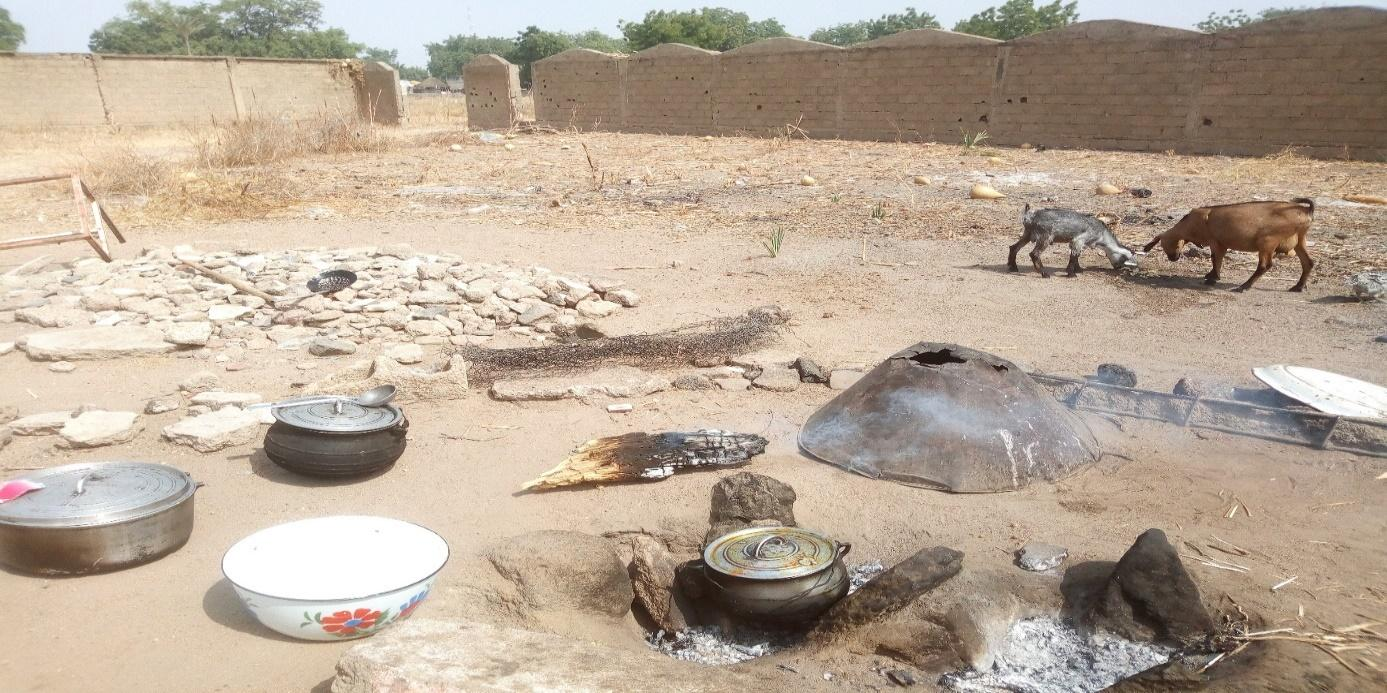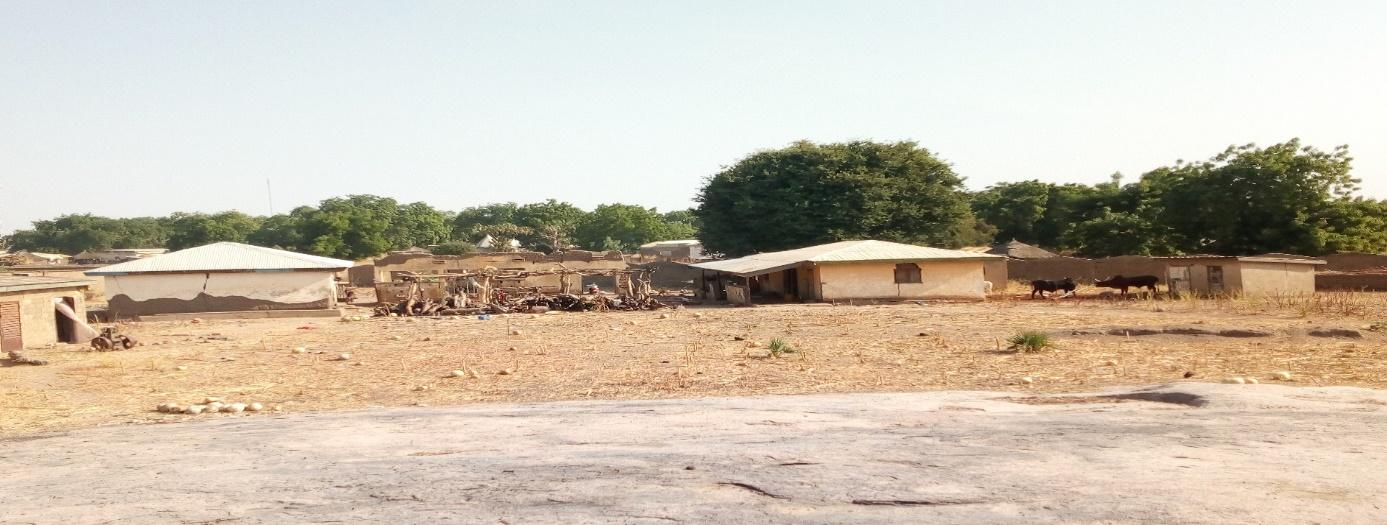Title of the work
Country of the First Edition
Country/countries of popularity
Original Language
Country of the Recording of the Story for the Database
Full Date of the Recording of the Story for the Databasey
More Details of the Recording of the Story for the Database
Genre
Myths
Target Audience
Crossover
Cover

We are still trying to obtain permission for posting the original cover.
Author of the Entry:
Eleanor A. Dasi, University of Yaoundé 1, wandasi5@yahoo.com
Larissa Aïcha Saïd, University of Yaoundé 1, larissaichasaid@gmail.com
Peer-reviewer of the Entry:
Daniel A. Nkemleke, University of Yaoundé 1, nkemlekedan@yahoo.com
Elżbieta Olechowska, University of Warsaw, elzbieta.olechowska@gmail.com

Hadjia Bitamzui (Storyteller)
Age of the narrator: 74 (in 2018)
Social status: Commoner
Profession: Cattle farmer
Language of narration: Giziga
Bio prepared by Eleanor A. Dasi, University of Yaoundé 1, wandasi5@yahoo.com and Larissa Aïcha Saïd, University of Yaoundé 1, larissaichasaid@gmail.com
Origin/Cultural Background/Dating
Background: The Giziga people are traditionally hunters and cattle farmers and are also involved in subsistence agriculture. They live together with their animals (Fig. 1). They practice polygamy and have elaborate traditional rites associated with births, marriages and deaths. They have a unique style of building houses (see Fig. 2). Each wife would normally have her own individual home/hut in the larger compound of adjoining houses, and the husband would also have his own. A regular time-table is fixed for each wife to meet the husband, and each one has their turn within the month. Although this practice is dying down because of the encroachment of the city which makes it difficult for men to get married to many women, it is still a strong marker of identity for a traditional Giziga man. They worship the kuli (i.e. traditional religion) and Christianity and Islam has made little impact on these people.

Fig. 1. A typical outdoor kitchen of a Giziga woman in a polygamous fenced-compound (photo taken by Larissa Aïcha Saïd).

Fig. 2. A typical compound of a Giziga man with adjoining houses for wives (photo taken by Larissa Aïcha Saïd).
Summary
At the beginning of time haiggibuilmuluung (the house of the gods or the sky) and the earth were touching each other. Trees and all the vegetation were very tall and even touching haiggibuilmuluung. At this time no living thing existed. Bouilmulvung (the god) was very angry that his house was being invaded by trees. He was afraid that this encroachment by the vegetation may one day drive him out of his habitation. Then he, Bouilmulvung, told the Earth “your trees are usurping my habitat to drive me away, I will punish you for that.” Bouilmulvung then threw a thunderbolt from the height of haiggibuilmuluung onto the Earth and all the vegetation was consumed by fire. After the fire followed torrents of water, which filled the entire space between the Earth and his house. It took three days for the water to retreat. After which, Bouilmulvung, whose anger had not yet calmed down, said to the earth again “I will now defile you with faeces, I’ll see if you are strong enough to bear the weight.” Then he poured down faeces and it formed a pile like a mountain, adding to the water that had been sent down before. The water became the rivers. Seven days later, Bouilmuvung, who at this moment has finally forgiven the Earth, sent down from haiggibuilmuluung human beings and animals. Every man arrived with his hands full of grains. Half of these provisions were eaten, the other half sown. From these seeds came out the cereals, plants and trees, and all things took the form that they have today. This Earth and the river now became the habitation of the Giziga people, who now still live in that land called Muturwa.
Analysis
Like many other creation myths, this myth echoes the idea of a supreme being at the helm of creation. The myth helps to explain the mystery of the beginnings of life and all things, and also brings to light the cosmology of the Giziga people, while at the same time accentuating their religious beliefs.
Further Reading
Sproul, Barbara C., Primal Myths: Creation Myths around the World, San Francisco, CA: Harper-Collins, 1991.
The origin of the Human Races, available at creation.com (accessed: April 10, 2019).
Addenda
Method of data collection: Recording and note taking
Researcher: Aicha Said Larissa
Research assistant: Saidou Kitikil
Editor: Daniel A. Nkemleke


